In any high-risk development or work site, operation of a truck mounted crane requires strict adherence to safety regulations – in Australia, crane operation licensing is necessary for operators, as well as a preceding work safety qualification. Precautions taken on-site are crucial for avoiding accidents and mechanical malfunctions, by nature extending the useful life of your equipment. Implementing these safety checks involves more than simply compliance; it also entails actively supporting a safe work environment for all parties involved. At Ultimate Crane Trucks, safe practice stands among our most important priorities as a service provider in potentially hazardous work sites – let’s explore on more of this process, as we nail down the specifics on crane truck inspections in checklist-detail.
Understanding the Importance of Pre-operational Checks
Safety is critical while operating any large scale equipment, particularly a truck mounted crane. The pre-operation truck crane inspection serves several functions, including (but not limited to) identifying issues or hazards in the surrounding area before they escalate, ensuring that equipment is operational and fit to safe practice, and protecting the operator and the surrounding region. Following these guidelines not only guarantees that you meet occupational health and safety standards, but also develops a safe and efficient team culture.
1. Visual Inspection
Structural Integrity:
Begin with a comprehensive visual examination of the crane’s structure. Check for signs of wear, cracks, and corrosion, especially on the boom and jib, which are high-stress locations.
Hydraulic Systems and Leaks:
Check all possible hydraulic lines, cylinders, and tanks for signs of damage or leaks. The level of hydraulic fluid should be checked regularly and kept within the ranges suggested by the manufacturer.
Hooks and Latches:
Inspect all hooks and latches for abnormalities and make sure they work. To avoid inadvertent load release, safety latches must be intact and functional.
2. Operating Tests
Control Mechanisms:
Test all control methods for responsiveness and usability. Make sure that the controls return to neutral when released, and that they don’t stick or bind during operation. Smooth, responsive controls are required for precise crane movements, where understanding of dimension and our movement within this space can be incredibly finite or specific.
Emergency Stops:
Check the function of all emergency stop buttons. These buttons should be conveniently accessible from the operator’s station and other control places. Confirm that they have effectively shut power to the crane’s systems in order to terminate operations in an emergency.
Brake System:
Examine the crane’s braking system, including the swing and outrigger brakes, to ensure appropriate engagement and release without hesitation. Properly functioning brakes are critical for maintaining control, particularly while travelling on inclines or during load swings.
3. Load Testing
Weight limitations:
Verify that the crane’s load chart is readable and accessible. Always check the load’s weight against the crane’s maximum capacity, as shown on the load chart. Exceeding the crane’s capacity can result in catastrophic failure.
Test Lifts:
To ensure that the crane is functioning properly, perform test lifts with a nominal load. Keep a watch out for any strange motions or noises during these lifts, which could indicate underlying issues.
Load Indicators:
Check the load indicators and limit switches to ensure they are functional and calibrated. These devices provide critical information about the load being lifted and prevent overloading.
4. Safety Gear and Support Equipment
Outriggers and Stabilisers:
Before starting any lifting operations, you should make sure that the crane’s outriggers and stabilisers are correctly deployed and securely fastened, as part of your crane truck inspection checklist. To prevent tipping, keep them on solid, level ground.
Personal Protective Equipment (PPE):
Ensure that all operators and nearby personnel are wearing appropriate PPE, such as helmets, safety shoes, and high-visibility vests.
Communication Devices:
Ensure that all communication equipment, such as radios or hand signals, are working properly. Effective communication is critical for coordinating movements and keeping everyone informed about current operations.
5. Environmental Considerations
Weather Condition:
Check the weather before you start any activity. High winds, rain, and lightning all have a significant impact on crane operations. Avoid operating in bad weather conditions that may risk safety.
Site Hazards:
Identify and address any potential workplace risks, such as overhanging electrical wires, unstable ground, or impediments. To ensure a safe working environment, remove any unnecessary workers and equipment from the area.
Prioritising Safety – Truck Mounted Crane Inspections With Ultimate Crane Trucks
Adhering to a proper pre-operation safety process for your truck mounted crane is vital to ensuring the safety of your crew and the equipment’s longevity. By conducting these crane truck inspections on a regular basis, you establish a safety and efficiency baseline for your operations. Implementing these rules can help to avoid accidents, reduce downtime, and promote a safer work environment.
Ultimate Crane Trucks is dedicated to providing you with the highest quality crane services, and it is backed by our commitment to safety and dependability. Whether you require expert advice, service, or operational assistance, our staff is here to help. Contact us immediately to ensure that your crane operations are carried out safely and efficiently.

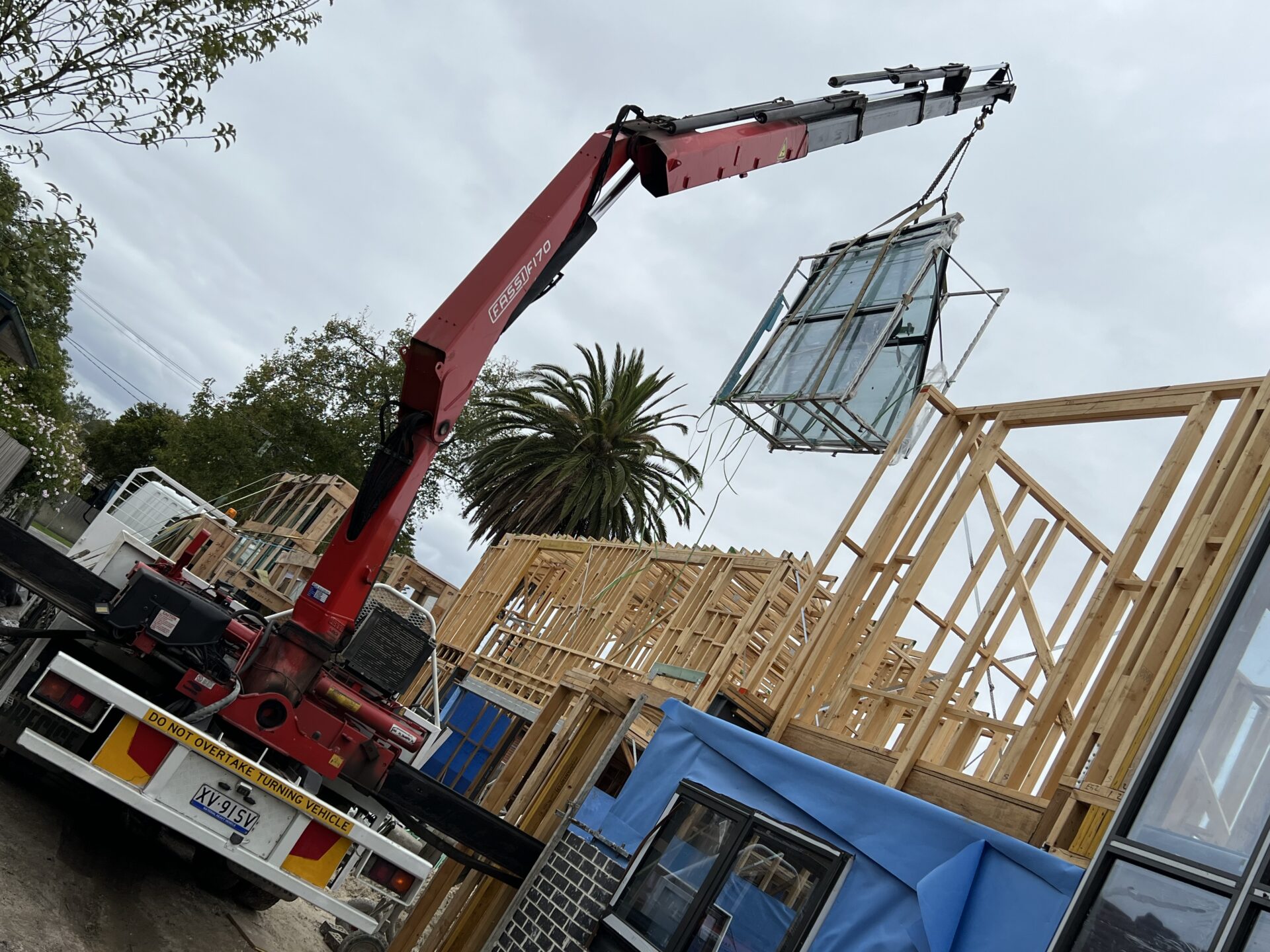
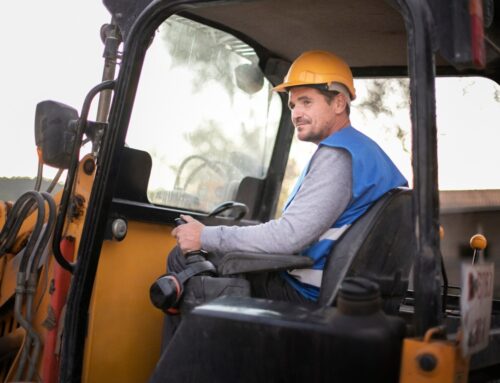
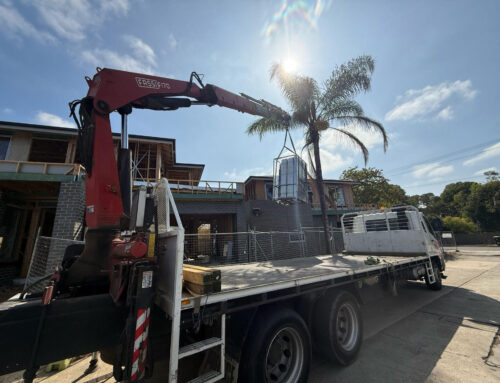
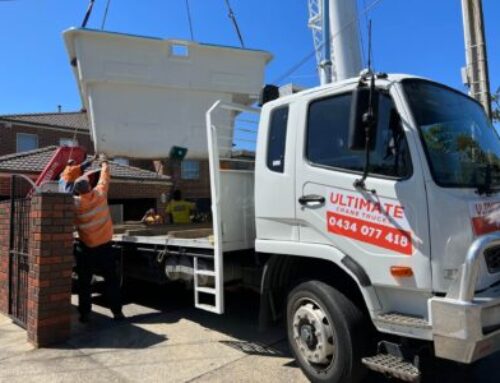
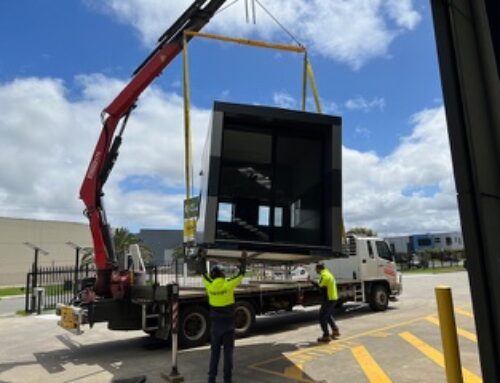
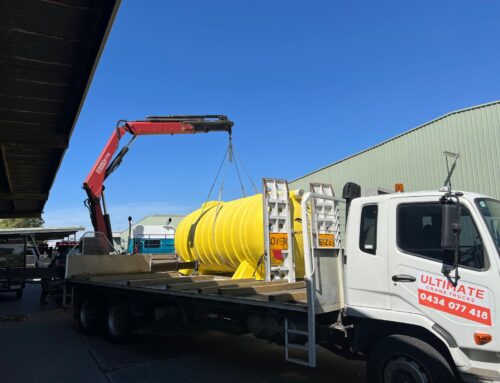
Leave A Comment